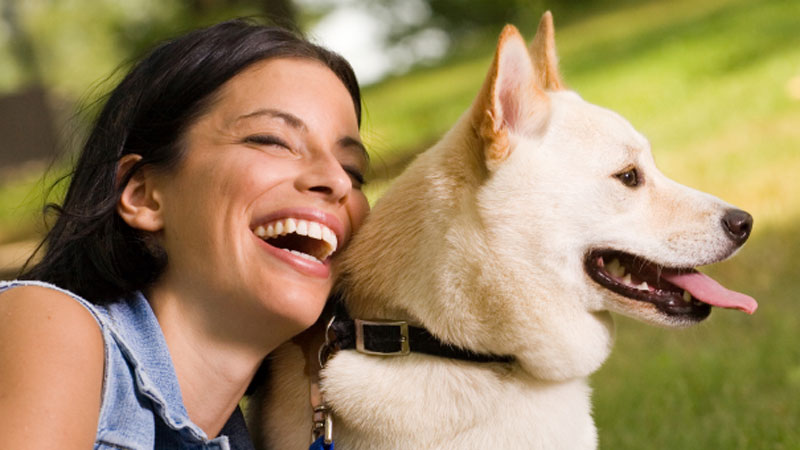Emergencies & First Aid
Basic first aid knowledge in an emergency could be the difference between life and death.
The following problems would always be considered an emergency and you should seek veterinary advice as quickly as possible:
- Road traffic accident
- Epileptic seizure lasting more than 5 minutes
- Collapsed/non-responsive
- Vomiting and diarrhoea for over 24 hours
- Toxin ingestion
- Stopped or having problems breathing
It is important to try and remain calm and not panic in an emergency. Call your vet and let them know you are on your way giving them as much history and information as possible-this will help the vet and nurses prepare for your arrival.
Do not give your dog anything to eat or drink; the one exception to this would be a diabetic coma/collapse. If your dog is diabetic and has become weak or wobbly or collapsed, then giving sugar solution/honey/food would be advisable as a first step in treatment.
Beware that a badly injured animal will be in a lot of pain and may behave in an aggressive manner to you. Be careful when lifting an animal into the car for transfer to the vets. A temporary muzzle can be made using a sock or scarf- tie firming around the upper and lower jaws to avoid injury to yourself.
Keep your vet’s details stored in your mobile phone and on a pad near your landline. Have a pen and paper handy when you call the vets in case they have important instructions to give you. It is useful to keep a first aid kit at home and in the car. This should contain antiseptic wash, cotton wool, bandages/wound dressing, tick remover, foil blanket, water bottle and bowl.
In an RTA telephone the nearest vet as soon as possible (obviously this might not always be the one you are registered with). Approach the dog from the front so they can see you, using their name if you know it in a calming voice. Stop or re-direct traffic if necessary. If the dog can walk, then gently return to the car and help them in. If they can’t walk, then lift with one hand under the hindlegs and the other under the chest. With larger dogs use a blanket or coat as a stretcher. if you think a dog has damaged it’s spine then speak to a vet before moving it but in the majority of cases it is in the best interest of the pet to get them to a surgery as rapidly as possible where the vet has all the necessary equipment to deal with a serious injury.
If a dog stops breathing, then remember ABC just as you would in a human:
A=AIRWAY - pull the tongue forward and make sure there is no obstruction at the back of the throat.
B=BREATHING - look and listen for breathing, if the dog isn't breathing then extend their neck, close their mouth and blow down their nose using your hand as a funnel.
C=CICULATION - check behind the dog’s elbow on the ribcage to see if you can feel a heartbeat or on the inside of the thigh for a pulse, if absent, attempt CPR by giving rapid vigorous compressions on the chest
Dogs can quickly overheat in hot weather as they can’t pant. Never leave your dog in a hot car. Always make sure they have access to shade and water in the hot weather. Avoid walking at the hottest part of the day. If you think your dog might have heat stroke move them into shade, apply wet towels over their body, use an electric fan, allow them to drink small amounts of cool water, poor cool water (not freezing as this can cause body temperature to drop too rapidly and lead to shock) over them. Once their breathing starts to settle take them to the vets for a check-up. Do not cool them down too much that they start to shiver.
If your dog cuts/wounds themselves on a walk wash the area if you can and apply a loose dressing to cover the area and reduce further contamination before a trip to the vets.


